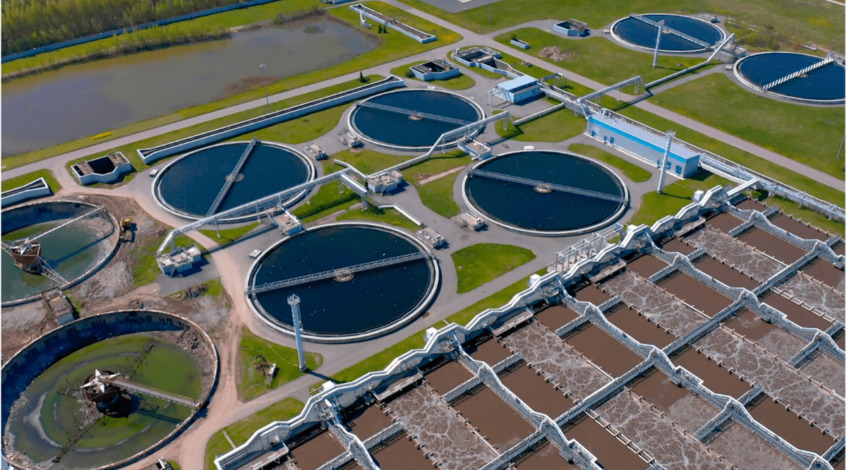Project Report For Water Treatment Plant
Introduction
Project Report for Water Treatment Plant is as follows.
A water treatment plant is a facility to which wastewater (water that is no longer appropriate for its original function) is sent after it exits homes and businesses via sewage pipes. The effluent is transported to a treatment facility by miles of underground pipes as part of the sewage system. Commercial, residential, and industrial wastewater is collected and processed at the treatment facility to provide safe, clean water.
Water treatment refers to any technique that enhances the quality of water so that it may be used for a specified purpose. The ultimate use might be for drinking, irrigation, maintaining river flow, water recreation, or a number of other uses, including carefully releasing the water back into the environment.
The goal of water treatment is to make water appropriate for the intended end use by removing or reducing the concentration of contaminants and undesirable elements. Because it enables individuals to gain from both drinking and irrigation, this treatment is essential for maintaining human health.

Process of Water Treatment Plant
Primary (mechanical) Treatment: The primary (mechanical) treatment of raw sewage is intended to eliminate gross, suspended, and floating particles. It comprises screening in order to catch Gravity sedimentation is used to remove suspended particles from solid objects. Although chemicals are frequently employed to speed up the sedimentation process, this level is also referred to as “mechanical treatment.” Primary treatment can lower incoming wastewater BOD by 20-30% and total suspended particles by 50-60%. The initial stage of wastewater treatment is generally primary treatment. Many modern wastewater treatment plants in developed nations began with primary treatment and subsequently added additional treatment stages as wastewater load rose, the demand for treatment increased, and resources became available.
Secondary (biological) Treatment: Secondary (biological) treatment eliminates dissolved organic materials that were not removed by initial treatment. Microbes consume organic matter as food and convert it to carbon dioxide, water, and energy for their own development and reproduction. Following the biological process, additional settling tanks (“secondary sedimentation”; see photo) are used to remove more of the suspended particles. A well-operating facility with secondary treatment can remove around 85% of the suspended particles and BOD. The basic activated sludge process, versions of pond and artificial wetland systems, trickling filters, and other kinds of treatment that involve biological activity to break down organic materials are examples of secondary treatment methods.
Tertiary treatment: Tertiary treatment may eliminate more than 99 percent of all pollutants from sewage, resulting in effluent that is nearly drinking-water grade. The associated technology can be quite expensive, requiring a high degree of technical know-how and well-trained treatment plant workers, a consistent energy supply, and chemicals and specialised equipment that may not be easily available. A typical tertiary treatment method is the modification of a normal secondary treatment plant to remove extra phosphate and nitrogen.
Market Potential of Water Treatment Plant
The estimated size of the worldwide market for water and wastewater treatment in 2022 was USD 299.83 billion, and it is anticipated to grow at a CAGR of 6.53% from 2022 to 2030 to reach USD 497.5 billion.
A variety of severe rules on wastewater treatment for enterprises, businesses are discouraged from installing modern treatment technologies on their premises due to the high costs of building such facilities. The intricacy of operations makes it more labour demanding, which raises the operating cost even more. However, with more competition and lower profitability, corporations are not pursuing such large expenditures, causing the water and wastewater treatment sector to contract.
The services category is predicted to develop at the fastest rate due to enterprises focusing on the construction of new treatment plants and the maintenance of existing facilities for water and wastewater treatment. The need for developed countries to modernise their current sewage treatment facilities will contribute to the segment’s growth.
Project Report For Water Treatment Plant
Need Help?
Create 100% Bankable Project Report
